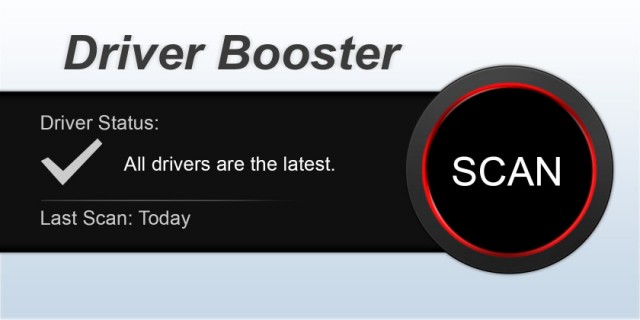

Hopefully we can avoid having boosters every few months to try to maintain protection in the population. We’ve shifted from the pandemic strategy-getting immunity as fast as possible to as many people as possible-to the strategy of getting long-term immunity to people. There is also some data that suggest waiting as long as six months after your last dose may help establish a stronger, longer-lived immune response. The CDC recommendation is that everyone 5 years and older get the bivalent booster at least two months after their last dose or at least three months after a COVID-19 infection. Yes, because the bivalent booster will give you a better response to the currently circulating variants.

Should people who’ve had two initial doses and two booster shots be getting this booster now? If you’re eligible to receive the bivalent booster, get it. in late 2022, are more immune-evasive than the original omicron strain, the bivalent booster still appears to be effective in reducing the risk of severe disease. While the BQ and XBB variant families, which took hold in the U.S. This issue will always be the emergence of a variant with different properties-something we never can never predict. So this booster may be the one that will protect us for the longest time. If that recommendation changes, it will be reflected on the CDC’s website. When would I need my booster shot?Īccording to the latest CDC guidance, people who have not yet received a bivalent booster should get it at least three months after a COVID-19 infection. The CDC offers guidance for all age groups and situations on its website, including an interactive questionnaire to help people determine if and when they or their children should get a booster.
BOOSTER UPDATER SERIES
For children ages 6 months–4 years who completed the Moderna primary series if it has been at least two months since their last dose.For everyone ages 5 years and older if it has been at least two months since your last dose.The CDC recommends one bivalent booster dose: It contains both the original vaccine strain and a strain derived from the BA.5 omicron variant, which is currently dominating here in the U.S., so that we can maximize protection against severe disease and potentially from infection.īivalent boosters are available for people ages 6 months and older who have completed their COVID-19 vaccine primary series. The bivalent booster is the most recent version of the COVID-19 vaccine. Pekosz discusses who should get the bivalent shot and when, whether it’s safe to get it at the same time as the flu shot, and more. In this Q&A, adapted from the October 3 episode of Public Health On Call, Stephanie Desmon speaks with virologist Andy Pekosz, PhD, a professor in Molecular Microbiology and Immunology, about what makes bivalent boosters different-and more effective. Then came omicron and its subvariants, which not only were more transmissible than previous variants but evaded infection- and vaccine-provoked immunity. The original COVID-19 boosters did a great job of preventing severe illness and hospitalization, even during the delta surge.

This article was updated on January 23, 2023, to reflect the most recent information and recommendations.


 0 kommentar(er)
0 kommentar(er)
